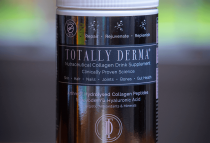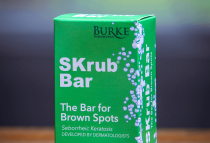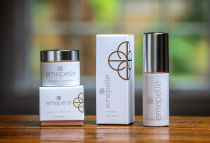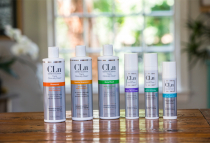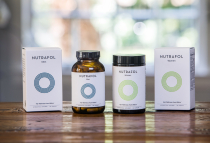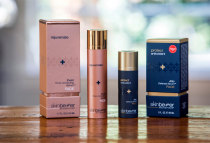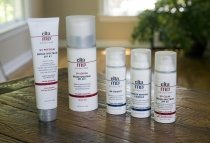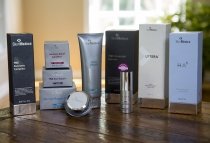
Acne Scar Treatment
My visit with this office was amazing. They were very competent, very nice and very knowledgeable. I will definitely be back...
M.R.
Superb
Marks left by acne vary. Acne can leave areas of discoloration. These are generally flat red to pink or tan areas. Generally these areas will fade with time often leaving minimal marks behind. Although the flat brown marks of post-inflammatory hyperpigmentation (PIH) tend to fade on their own there are options that can hasten the fading process. Sun protection is imperative as sun exposure will tend to darken these brown areas. A variety of fade creams and superficial peels can help fade brown areas as well. Our aesthetician can discuss these treatments with you.
Red to pink flat marks left by acne will also generally fade but for some patients can take a year or more. These marks can turn brown so, again, sun protection while these areas are healing is very important to minimize the brown color that develops as the red and pink areas heal. The darker the skin tone the more important sun protection is. There are topical creams and laser treatments that can quicken the fading process of these flat red or pink areas.
The laser treatment used for red to pink areas in our office is called an AFT or IPL. This laser does not create a wound so there is minimal to no downtime. It is usually preformed as three monthly treatments to accelerate the fading of red to pink areas. This procedure is performed by our clinic aesthetician.
Discoloration is one problem. True scarring is another and it comes in different shapes and sizes. Acne scars are generally more than discoloration. They may be discolored but are also either depressed or elevated compared to the surrounding skin. Again the discoloration will fade but the depression or elevation will stay. These scars can remodel and improve some on their own over the course of about a year but will not disappear. Topical retinoids used to manage acne can aid this natural remodeling process.
The different types of acne scars include boxcar, icepick, rolling, atrophic, and keloid scars. Keloidal scars are raised firm areas that can improve with massage, topical silicone dressings, and steroid injections into the scar. Icepick scarring (small focal indents) may respond to focal peels and laser treatment. Boxcar scarring looks like the scar from chickenpox, and can be surgically removed with a punch technique. If there are many boxcar scars, then laser resurfacing can be helpful. Rolling scars do not have sharp edges but are depressions in the skin. These can respond to subcision, filler, and laser resurfacing.
We use the ActiveFX CO2 fractional laser to perform laser resurfacing for acne scarring. This laser is ablative, in that it creates a wound and deeply heats the skin in a fractional way. The fractional technology allows for more aggressive treatment of the scars with reduced downtime and faster healing. This treatment stimulates collagen production and scar remodeling. The wound generally heals in 3-5 days. Two to three treatments are performed. Improvement in the scars is gradual over several months following the treatment. This treatment is performed by one of our physicians.
We also use microneedling as an alternative to CO2 resurfacing to treat acne scars. Microneedling is an innovative yet simple technique that uses tiny needles rather than the heat of a laser to stimulate collagen production and scar remodeling. This treatment is performed every 1-3 months for a series of 3-6 treatments.
The important thing to know about acne scar treatment is that no treatment will erase your scars. We have a variety of treatments that can be used to improve the appearance of the scars but we cannot eliminate them. Generally multiple treatments are required and scar treatment is a process. We do not perform any active scar treatment within 6 months of finishing a course of Accutane or isotretinoin. However, once this window passes we can start to work on the scars.
The process of scar treatment begins with a consultation with one of our physicians to 1) manage your existing acne and prevent further scarring, 2) evaluate whether you have discoloration, scars or both and what type of scars you have, and 3) discuss treatment options.





